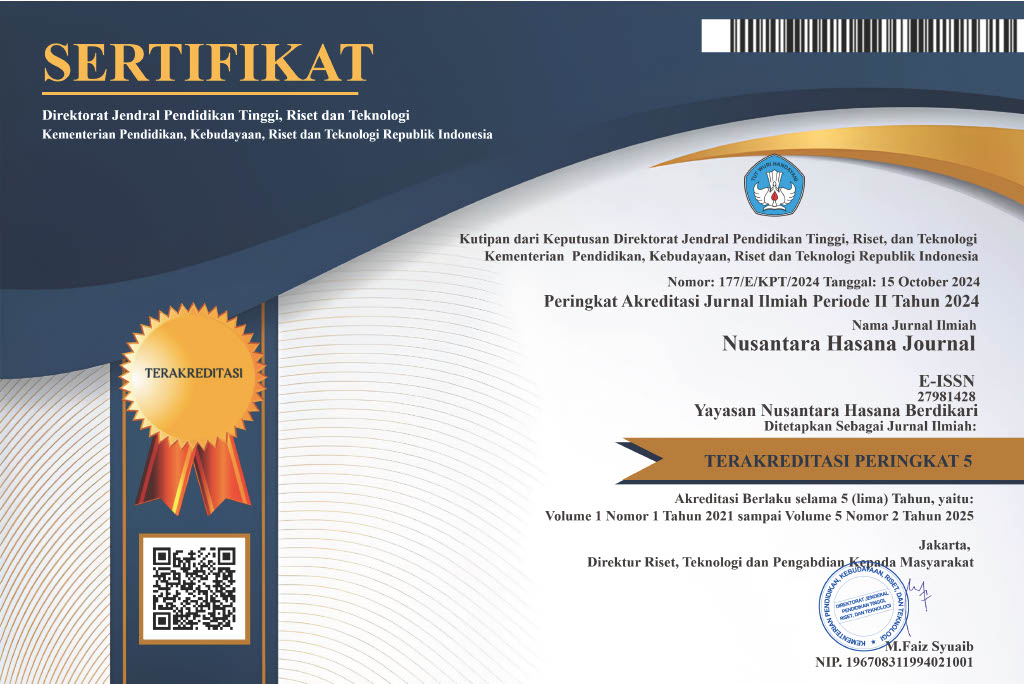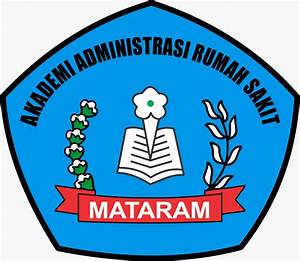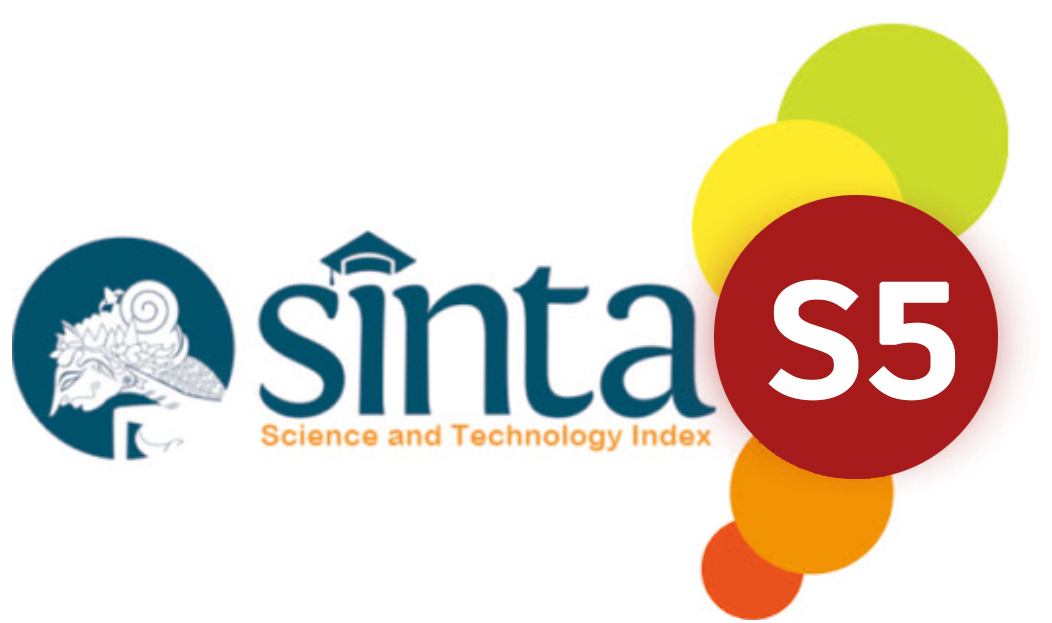THE CORRELATION BETWEEN NEURON-SPECIFIC ENOLASE (NSE) SERUM LEVEL AND TRAUMATIC BRAIN INJURY SEVERITY
DOI:
https://doi.org/10.59003/nhj.v5i1.1498Keywords:
Traumatic brain injury, Neuron-Specific Enolase, NSE, Glasgow Coma ScaleAbstract
Traumatic brain injuries (TBIs) are a health and socio-economic problem worldwide, both in low- and high-income countries, that affects all age groups. Computed Tomography (CT) is a diagnostic modality that can be used to assess brain damage. However, there are some limitations in the use of CT in TBIs. Therefore, biomarkers are expected to be a solution to identify brain injuries. Neuron-Specific Enolase (NSE) is a more practical and cheaper alternative. It does not require patient mobilization, especially for patients with severe TBIs, to accompany clinical examinations and CT. Methods: A cross-sectional design was used to determine the correlation between Neuron Specific Enolase (NSE) serum levels and the severity of TBIs at RSUP Dr. M. Djamil, Padang. Results: The study found that most patients were 23 men (76.7%), consisting of adults (40.0%). The majority of patients had mild traumatic brain injury (GCS 13-15) in 18 people (60.0%). The cut-off point for serum NSE was 6.6 ng/ml using the ROC curve. There was a negative correlation between serum NSE levels and the severity of TBI (r=-0.211). Conclusion: The correlation of serum NSE levels with the severity of TBI was very weak.
Downloads
References
Dewan MC, Rattani A, Gupta S, Baticulon RE, Hung YC, Punchak M. 2019. Estimating the global incidence of traumatic brain injury. J Neurosurg,130 (4): 1080–1097.
Schouten JW, Maas AIR. 2011. Epidemiology of Traumatic Brain Injury [Internet]. Sixth Edit. Youmans Neurological Surgery. Elsevier Inc. 3270–3276 p. Available from: http://dx.doi.org/10.1016/B978-1-4160-5316-3.00326-9
Capizzi A, Woo J, Verduzco-Gutierrez M. 2020. Traumatic Brain Injury: An Overview of Epidemiology, Pathophysiology, and Medical Management. Vol. 104, Medical Clinics of North America. W.B. Saunders. p. 213–38.
Roozenbeek B, Maas AIR, Menon DK. 2013. Changing patterns in the epidemiology of traumatic brain injury. Nat Rev Neurol; 9 (4): 231–236. Available from: http://dx.doi.org/10.1038/nrneurol.2013.22
Zhu D, Gao F, Chen C. 2021. Endocannabinoid metabolism and traumatic brain injury. Cells; 10 (11): 2979. Available from: https://doi.org/10.3390/cells10112979
Aprilia H. 2017. Gambaran status fisiologis pasien cedera kepala di IGD RSUD Ulin Banjarmasin tahun 2016. Dinamika Kesehatan; 8 (1): 273–279. Available from: https://jurnal.stikesnh.ac.id/index.php/dinamika/article/view/82
Mozaffari K, Dejam D, Duong C, Ding K, French A, Ng E. 2021. Systematic Review of Serum Biomarkers in Traumatic Brain Injury. Cureus, 13 (8).
Faried A, Bachani AM, Sendjaja AN, Hung YW, Arifin MZ. 2017. Characteristics of Moderate and Severe Traumatic Brain Injury of Motorcycle Crashes in Bandung, Indonesia. World Neurosurg; 100: 195–200.
Brazinova A, Rehorcikova V, Taylor MS, Buckova V, Majdan M, Psota M. 2021. Epidemiology of Traumatic Brain Injury in Europe: A Living Systematic Review. J Neurotrauma; 38 (10): 1411–1440.
Dewan MC, Rattani A, Gupta S, Baticulon RE, Hung YC, Punchak M. 2019. Estimating the global incidence of traumatic brain injury. J Neurosurg, 130 (4):1080–1097.
Manivannan S, Makwana M, Ahmed AI, Zaben M. 2018. rofiling biomarkers of traumatic axonal injury: From mouse to man. Vol. 171, Clinical Neurology and Neurosurgery. Elsevier B.V. p. 6–20.
Roozenbeek B, Maas AIR, Menon DK. 2013. Changing patterns in the epidemiology of traumatic brain injury. Nat Rev Neurol; 9 (4): 231–236.
Neher MD, Keene CN, Rich MC, Moore HB, Stahel PF. 2014. Serum biomarkers for traumatic brain injury. South Med J; 107 (4):248–255.
Schouten JW, Maas AIR. 2011. Epidemiology of Traumatic Brain Injury. Sixth Edit. Youmans Neurological Surgery. Elsevier Inc. 3270–3276 p.
RisKesDas. 2018. Hasil Utama RISKESDAS 2018. Kementerian Kesehatan RI.
Mozaffari K, Dejam D, Duong C, Ding K, French A, Ng E. 2021. Systematic Review of Serum Biomarkers in Traumatic Brain Injury. Cureus, 13 (8).
Yokobori S, Hosein K, Burks S, Sharma I, Gajavelli S, Bullock R. 2013. Biomarkers for the clinical differential diagnosis in traumatic brain injury-A systematic review. CNS Neurosci Ther.;19 (8):556–565.
Marbun AS, Sinuraya E, Amila, Simanjuntak G V. 2020. Manajemen cedera kepala. Malang: Ahlimedia Press.
Sukorini U, Wulandari IS, Mulyono B, Pramusinto H. 2018. Korelasi Antara Neuron-Specific Enolase Serum Dan Glasgow Coma Scale Di Pasien Cedera Kepala. Vol. 17, Indonesian Journal of Clinical Pathology and Medical Laboratory. 25 p.
Prasetyo E. 2020. The primary, secondary, and tertiary brain injury. Crit Care Shock, 23 (1) :4–13.
Safita N, Ristanti AA, Rismayanti EP, Wardhana HA. 2020. Teknik evakuasi cedera kepala pasca bencana: ketepatan teknik evakuasi pada korban cedera kepala dalam mengurangi kejadian cedera sekunder. Al-Iqra Med J; 2 (2): 63–71.
Bazarian JJ, Biberthaler P, Welch RD, Lewis LM, Barzo P, Bogner-Flatz V. 2018. Serum GFAP and UCH-L1 for prediction of absence of intracranial injuries on head CT (ALERT-TBI): a multicentre observational study. Lancet Neurol; 17 (9): 782–789.
Huibregtse ME, Bazarian JJ, Shultz SR, Kawata K. 2021. The biological significance and clinical utility of emerging blood biomarkers for traumatic brain injury. Vol. 130, Neuroscience and Biobehavioral Reviews. Elsevier Ltd. p. 433–47.
Mehta T, Fayyaz M, Giler GE, Kaur H, Raikwar SP, Kempuraj D. 2020. Current trends in biomarkers for traumatic brain injury. J Neurol Exp Neurosci; 6 (2): 1–14.
Johnson NH, Hadad R, Taylor RR, Rodríguez Pilar J, Salazar O, Llompart-Pou JA. 2022. Inflammatory Biomarkers of Traumatic Brain Injury. Pharmaceuticals; 15 (6): 660.
Agoston D V., Shutes-David A, Peskind ER. 2017. Biofluid biomarkers of traumatic brain injury. Vol. 31, Brain Injury. Taylor and Francis Ltd. p. 1195–203.
Kawata K, Liu CY, Merkel SF, Ramirez SH, Tierney RT, Langford D. 2016. Blood biomarkers for brain injury: What are we measuring? Vol. 68. Neuroscience and Biobehavioral Reviews. Elsevier Ltd. p. 460–73.
Streitbürger DP, Arelin K, Kratzsch J, Thiery J, Steiner J, Villringer A. 2012. Validating serum S100B and neuron-specific enolase as biomarkers for the human brain - A combined serum, gene expression and MRI study. PLoS One; 7 (8): 7–13.
Honda M, Tsuruta R, Kaneko T, Kasaoka S, Yagi T, Todani M. 2010. Serum glial fibrillary acidic protein is a highly specific biomarker for traumatic brain injury in humans compared with S-100B and neuron-specific enolase. Journal of Trauma - Injury, Infection and Critical Care; 69 (1): 104–109.
Papa L, Ladde JG, O’Brien JF, Thundiyil JG, Tesar J, Leech S. 2022. Evaluation of Glial and Neuronal Blood Biomarkers Compared with Clinical Decision Rules in Assessing the Need for Computed Tomography in Patients with Mild Traumatic Brain Injury. JAMA Netw Open; 5 (3): 1–13.
Su YRS, Veeravagu A, Grant G. 2016. Neuroplasticity after traumatic brain injury. Transl Res Trauma Brain Inj; 1 (1): 5–11.
Neher MD, Keene CN, Rich MC, Moore HB, Stahel PF. 2014. Serum biomarkers for traumatic brain injury. South Med J; 107 (2): 72–79.
Neher MD, Keene CN, Rich MC, Moore HB, Stahel PF. 2014. Serum biomarkers for traumatic brain injury. South Med J; 107 (4): 248–255.
Aprilia H, Keperawatan F, Kesehatan I, Muhammadiyah Banjarmasin U. 2017. Gambaran Status Fisiologis Pasien Cedera Kepala Di IGD RSUD Ulin Banjarmasin Tahun 2016. Vol. 8, Dinamika Kesehatan.
Faried A, Bachani AM, Sendjaja AN, Hung YW, Arifin MZ. 2017. Characteristics of Moderate and Severe Traumatic Brain Injury of Motorcycle Crashes in Bandung, Indonesia. World Neurosurg; 100: 195–200.
Pitra, DAH, Syafrita Y, Nasrul E, Susanti R, Rita R. 2021. The Association of Serum Glial Fibrillary Acidic Protein Level, and Outcome of Traumatic Brain Injury. Journal of Positive Psychology and Wellbeing; 5 (3): 1500–1511.
Siahaya N, Huwae LBS, Angkejaya OW, Bension JB, Tuamelly J. 2020. Prevalensi Kasus Cedera Kepala Berdasarkan Klasifikasi Derajat Keparahannya Pada Pasien Rawat Inap di RSUD DR. M. Haulussy Ambon Pada Tahun 2018. Molucca Medica.
Mehta T, Fayyaz M, Giler GE, Kaur H, Raikwar SP, Kempuraj D. 2020. Current Trends in Biomarkers for Traumatic Brain Injury. HHS Public Access.
Munivenkatappa A, Agrawal A, Shukla DP, Kumaraswamy D, Devi BI. 2016. Traumatic brain injury: Does gender influence outcomes? Int J Crit Illn Inj Sci; 6 (2): 70–73.
Awaloei AC, Mallo NTS, Tomuka D. 2016. Gambaran cedera kepala yang menyebabkan kematian di Bagian Forensik dan Medikolegal RSUP Prof Dr. R. D. Kandou Manado. e-CliniC (eCl); 4 (2): 1–5.
Pratama SA. 2020. Gambaran gejala klinis dan hasil pemeriksaan CT scan kepala pada pasien cedera kepala dengan GCS 13-15 di ruang rawat inap penyakit saraf Bougenvil RSUD Dr. H. Abdul Moeloek Provinsi Lampung. J Ilmu Kedokt dan Kesehat; 7 (2): 114–119.
Untoro DB, Permono T, Subandrate S. 2019. Hubungan epidural hematoma dengan fraktur kranium pada pasien cedera kepala. Sriwijaya J Med; 2 (1): 18–24.
Gunawan MFB, Maliawan S, Mahadewa TGB, Niryana IW. 2022. Karakteristik klinis cedera kepala pada pediatri di RSUP Sanglah Denpasar tahun 2020. J Med Udayana; 11 (4): 280–286.
Dewan MC, Rattani A, Gupta S, Baticulon RE, Hung YC, Punchak M. 2019. Estimating the global incidence of traumatic brain injury. J Neurosurg; 130 (4): 1080–1097.
Sukorini U, Wulandari IS, Mulyono B, Pramusinto H. 2018. Korelasi antara neuron-specific enolase serum dan Glasgow Coma Scale di pasien cedera kepala. Indones J Clin Pathol Med Lab; 17 (1).
Syafrita Y, Fitri N. 2021. Analysis of neuron specific enolase serum levels in traumatic brain injury. Bioscientia Medicina; 5 (1): 52–59.
Cheng F, Yuan Q, Yang J, Wang W, Liu H. 2014. The prognostic value of serum neuron-specific enolase in traumatic brain injury: Systematic review and meta-analysis. PLoS One; 9 (9): e106680.
Thelin EP, Jeppsson E, Frostell A, Svensson M, Mondello S, Bellander BM. 2016. Utility of neuron-specific enolase in traumatic brain injury: relations to S100B levels, outcome, and extracranial injury severity. Crit Care; 20 (1): 285.
Wang KKW, Kobeissy FH, Shakkour Z, Tyndall JA. 2021. Thorough overview of ubiquitin C‐terminal hydrolase‐L1 and glial fibrillary acidic protein as tandem biomarkers recently cleared by US Food and Drug Administration for the evaluation of intracranial injuries among patients with traumatic brain injury. Acute Medicine & Surgery; 8 (1).
Olivecrona Z, Bobinski L, Koskinen LO. 2015. Association of ICP, CPP, CT findings and S-100B and NSE in severe traumatic head injury: Prognostic value of the biomarkers. Brain Inj; 29 (4):446–454.
Lindblad C, Nelson DW, Zeiler FA, Ercole A, Ghatan PH, von Horn H. 2020. Influence of blood-brain barrier integrity on brain protein biomarker clearance in severe traumatic brain injury: A longitudinal prospective study. J Neurotrauma; 37 (1): 98–106.
Downloads
Published
How to Cite
Issue
Section
License
Copyright (c) 2025 Dian Ayu Hamama Pitra

This work is licensed under a Creative Commons Attribution-NonCommercial-ShareAlike 4.0 International License.
NHJ is licensed under a Creative Commons Attribution-NonCommercial-ShareAlike 4.0 International License.
Articles in this journal are Open Access articles published under the Creative Commons CC BY-NC-SA License This license permits use, distribution and reproduction in any medium for non-commercial purposes only, provided the original work and source is properly cited.
Any derivative of the original must be distributed under the same license as the original.
























